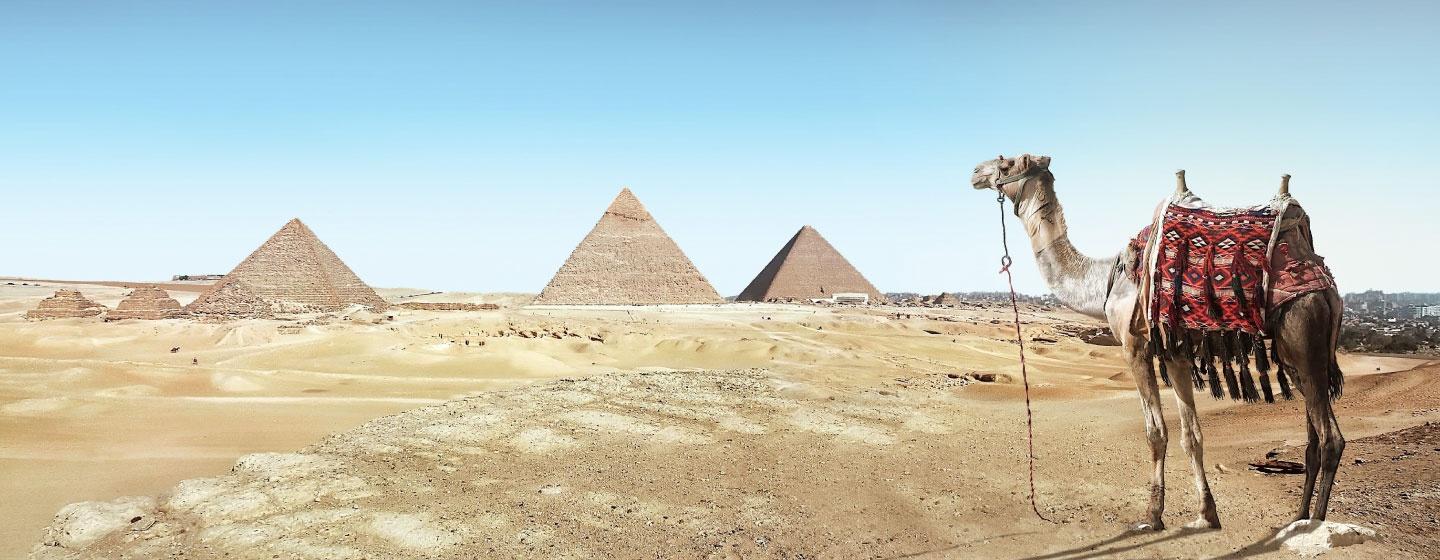Spy in the Wild Nature
In the most innovative production Nature has ever presented, this five-part series employs more than 30 animatronic spy cameras disguised as animals to secretly record behavior in the wild. These “spycams” reveal animals as having emotions and behavior similar to humans: specifically, a capacity to love, grieve, deceive, and invent.
Engineering Robotic Cameras to Observe Animals in Nature
Learn how filmmakers use the engineering design process to make animatronic spy cameras in this video from the NATURE mini-series Spy in the Wild. The cameras are disguised as animals to secretly record behavior in the wild.
Animals with Cameras
Friendship in the Animal Kingdom
Until recently, scientists were not comfortable describing bonds between animals as "friendships." However, scientists have now determined that humans are not the only animals who form them.
Unlikely Friends
This video segment from Nature: Animal Odd Couples showcases the relationship between Kasi, a cheetah, and Mtani, a dog. Kasi and Mtani live at Busch Gardens – both were "orphaned" when they were young and the keepers at Busch Gardens developed a pilot project to observe the relationship between them.
Mates for Life
This video segment from Nature: Animal Odd Couples introduces a male brant goose that has selected his lifelong mate: a female tortoise. Brant geese mate for life and the male goose's selection is a very unlikely companion, yet they have "been together" for years.
Unlikely Partners: Warthog and Mongoose
Learn about the unusual animal partnership between warthogs and mongooses in this video from the NATURE mini-series Spy in the Wild. Part of the episode “Friendship,” this video shows how two very different animals help one another in the African savannah.



